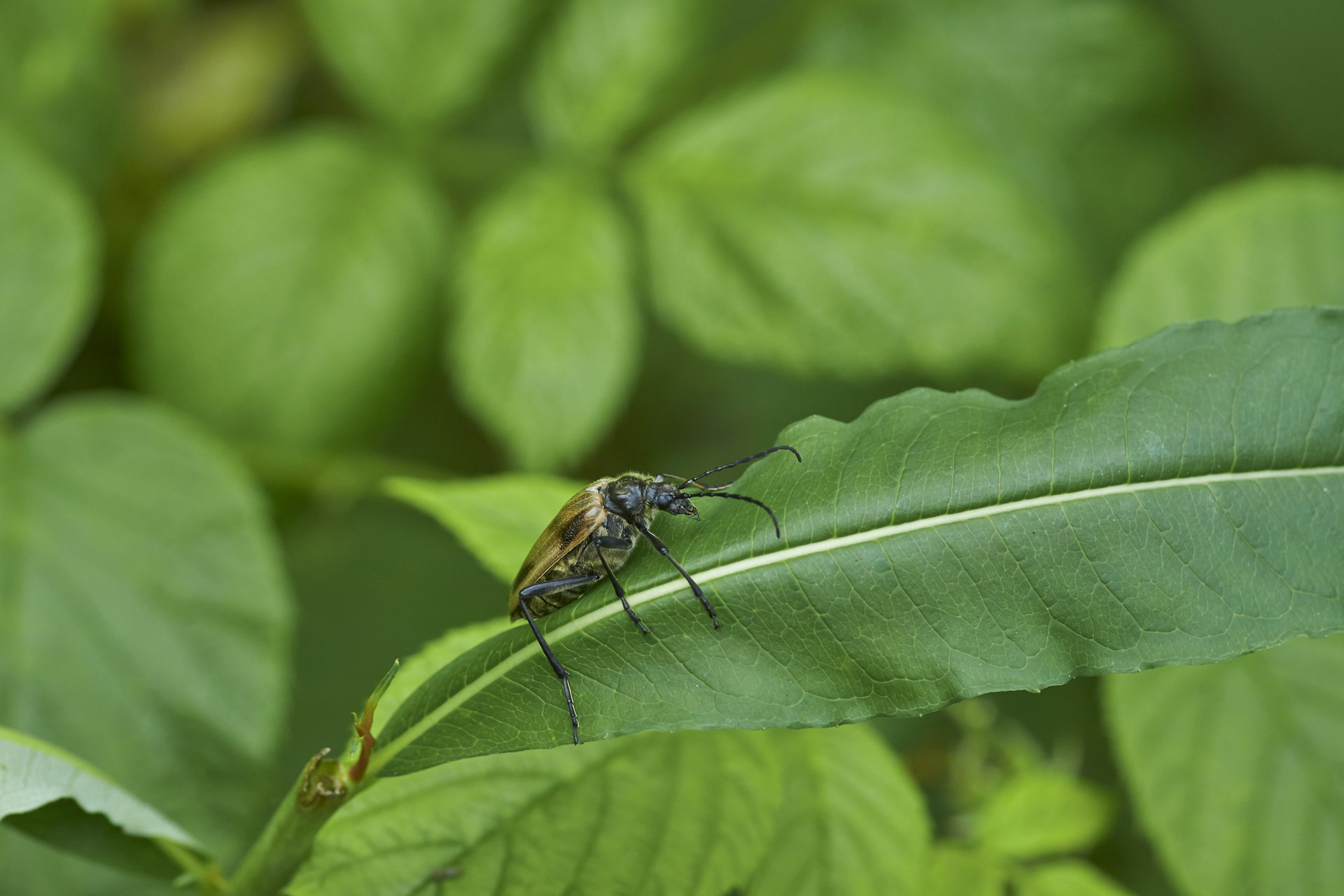Harness the Power of Companion Planting for Natural Pest Deterrence


Photo by Wolfgang Hasselmann on Unsplash
Introduction: The Science and Art of Companion Planting
Gardening enthusiasts and organic growers are increasingly turning to companion planting as a natural strategy for pest deterrence, crop health, and higher yields. Companion planting is the intentional pairing of specific plants so they can support, protect, and enhance one another’s growth. This method has roots in traditional agriculture but is now backed by emerging research and widespread best practices [1] . By planning your garden layout with compatible plant partners, you can reduce the need for chemical pesticides, attract beneficial insects, and foster a more diverse, resilient ecosystem [2] .

Photo by Krzysztof Niewolny on Unsplash
How Companion Planting Deters Pests
The foundation of companion planting for natural pest deterrence lies in plant diversity and ecological balance. Some plants emit scents or compounds that repel harmful insects, while others attract pollinators or predatory insects that keep pest populations in check. For instance, marigolds are widely used to repel nematodes and aphids, while basil planted alongside tomatoes can deter tomato hornworms [5] .
Companion planting also confuses pests by masking the scent of their preferred host plants. Planting aromatic herbs or flowers among vegetables can disrupt pest navigation, making it harder for them to locate their targets [3] .
Benefits of Natural Pest Control
- Reduces reliance on chemical pesticides , making produce safer for your family and the environment [4] .
- Attracts beneficial insects , such as ladybugs and lacewings, that prey on pests.
- Promotes biodiversity , which strengthens the garden’s natural defenses [2] .
Popular Companion Plant Pairings for Pest Deterrence
Effective companion planting relies on selecting the right partners for your crops. Here are some proven combinations:
1. Tomatoes and Basil
Basil repels tomato hornworms, whiteflies, and aphids, while also enhancing tomato flavor. Plant basil at the base of tomato plants, ensuring both have enough sunlight and space to thrive. Water regularly and prune for air circulation. This pairing is especially popular in organic gardens and is supported by both traditional wisdom and anecdotal success stories [1] .
2. Carrots and Onions
Onions and other alliums deter carrot root fly, while carrots mask the scent of onions from onion fly. Alternate rows of carrots and onions for best results, or interplant within the same bed. Monitor for signs of overcrowding and thin seedlings as needed.
3. Beans and Marigolds
Marigolds repel nematodes and aphids, which can damage bean plants. Plant marigolds in clusters around the perimeter or scattered throughout bean rows. Their vibrant flowers also attract pollinators, further boosting bean yields. Deadhead marigolds regularly to prolong blooming.
4. Cabbage and Nasturtiums
Nasturtiums act as a trap crop for aphids and cabbage worms, luring them away from cabbage, broccoli, and kale. Plant nasturtiums close to brassicas, and inspect regularly for aphid clusters. Remove infested nasturtiums if necessary to keep populations under control [4] .
Step-by-Step Guide to Implementing Companion Planting
To successfully adopt companion planting for natural pest deterrence, follow these steps:
- Research Compatible Plant Pairs: Use reputable resources, such as university extension guides, to find plant pairings suitable for your climate and crop selection. If you are unsure where to start, consider searching for “companion planting chart” along with your state’s extension service.
- Plan Your Garden Layout: Sketch your garden, grouping compatible plants together and spacing them appropriately. Consider layering: place root crops below, leafy greens in the middle, and flowering herbs or flowers above to maximize diversity [5] .
- Stagger Planting Times: Plant fast-growing companions early, and slower-growing crops later, to ensure all plants have adequate access to light and nutrients.
- Monitor and Adjust: Observe pest activity and plant health. Adjust pairings or introduce new companions if pest issues arise.
- Rotate Crops Annually: Change plant groupings each year to prevent pest and disease buildup in the soil.
Alternative Approaches
If space is limited or you prefer container gardening, use smaller pots with compatible herbs (e.g., basil with tomatoes, chives with carrots). For raised beds, plant in blocks or clusters rather than rows to maximize companion effects. Vertical gardens can also be adapted: use trailing flowers or herbs alongside upright vegetables to save space and boost pest deterrence [4] .
Challenges and Solutions
While companion planting is effective, it is not without challenges. Some plants compete for nutrients or space, while others may inhibit each other’s growth. For example, beans and onions can stunt one another, so avoid pairing them. Always consult updated compatibility charts or local extension agents for guidance.
Another challenge is inconsistent scientific evidence for some traditional pairings. While anecdotal success is common, research is ongoing. For reliable results, combine companion planting with other organic practices such as crop rotation, mulching, and manual pest removal [3] .
Accessing More Information and Support
For in-depth guidance on companion planting tailored to your local conditions, you can:
- Contact your local cooperative extension office . Search online for “[your state] cooperative extension companion planting” for region-specific charts and advice.
- Consult gardening books authored by university researchers or horticultural societies.
- Join local gardening groups or forums to learn from the experiences of others in your area.
If you prefer structured learning, many botanical gardens and community centers offer workshops on organic gardening and companion planting. Search for “companion planting classes near me” or review the offerings of your nearest public garden.
Key Takeaways and Next Steps
Companion planting is a proven, eco-friendly strategy for natural pest deterrence. By thoughtfully combining compatible plants, you can protect your crops, boost yields, and enjoy a healthier, more vibrant garden. Start by researching compatible pairs, planning your layout, and monitoring your garden’s progress. Adjust as needed and seek local expertise when challenges arise. With patience and observation, you’ll build a resilient garden that thrives without chemical intervention.
References
- [1] Adams Fairacre Farms (2023). Companion Planting – Garden Tips.
- [2] Yale University (n.d.). The Power of Companion Planting: A Guide for Your Garden.
- [3] Journey with Jill (2019). Companion Planting for Pest Control.
- [4] Grow Up Green (2017). Organic Pest Control: The Beginner’s Companion Planting Guide.
- [5] The Organic Harvest (2025). Companion Planting Guide: Boost Yields & Prevent Pests Naturally.






